Kyphosis
Kyphosis is the medical term for the forward exaggerated rounding of the upper back, and it is also well-known under the names round back and hunchback. Kyphotic rounding is more than 50 degrees, and that is not normal. Apart from kyphosis, there is also one more condition that is related to the deformity of the spine, the condition when it bends to the right or left, and it is called scoliosis.
Kyphosis can appear in all ages, and the spine may even look normal in mild cases, but it is usually visible if we look at the person from the side. The main causes for the occurrence of kyphosis are developmental problems, arthritis of the spine, and trauma to the spine, as well as osteoporosis with compression fractures of the vertebrae.
Kyphosis can be mild, which is not so dangerous, and has a few symptoms, whereas the main symptoms of severe kyphosis are visible and noticeable hunchback and pain in the back. There are cases when the spine is rigid, stiff, or tender and when the person with kyphosis experiences constant fatigue.
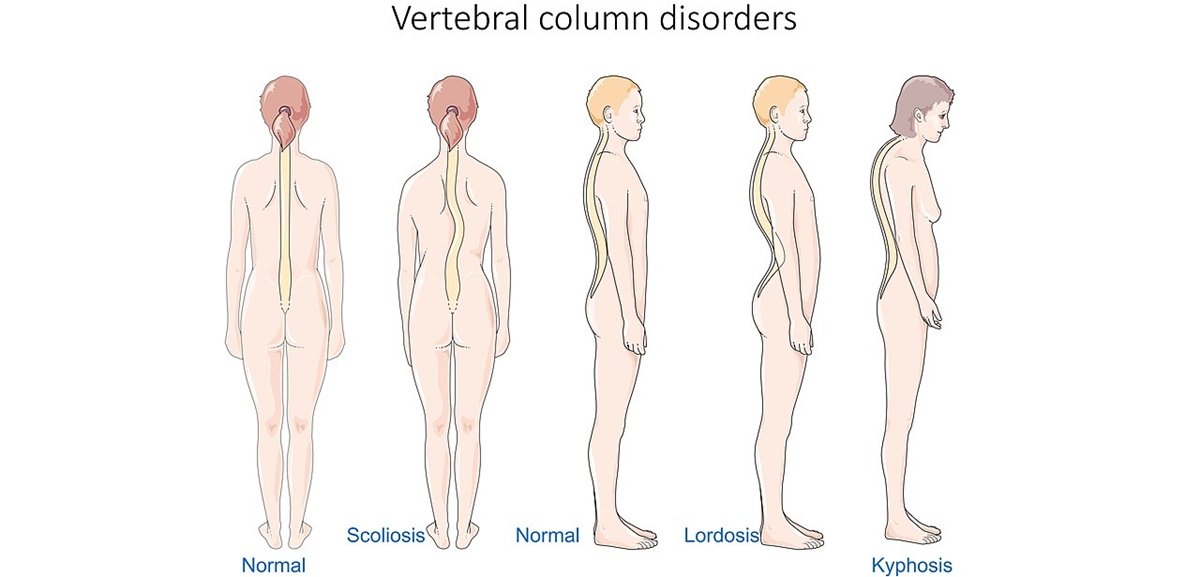
Complications of Kyphosis
Because the symptoms of mild kyphosis are usually unnoticeable, the only way to establish the disorder is through regular examination. If some of the symptoms appear, it is very important to consult the doctor and to begin the treatment on time, because kyphosis can lead to very serious complications that affect the lungs, nerves, many tissues, and organs. The most frequent complications are body image problems, physical deformity, pain in the back, serious difficulties in breathing, and some neurological symptoms.
The development of poor body image in adolescents is one of the consequences of kyphosis, and it occurs either because of a rounded back or because of wearing a brace to correct the disorder. Physical deformity caused by kyphosis includes the hump on the back that is visible and may even become worse. Furthermore, kyphosis can induce constant pain in the back, which is uncomfortable, and in some cases, even endurable and disabling.
One of the serious consequences of kyphosis is difficulty breathing. Because of the rounding of the spine, rib cages compress the lungs, and the person has trouble to breath normally. Moreover, kyphosis may be one of the causes of the appearance of some neurological signs and symptoms. Leg weakness and paralysis occur because of the pressure that the curve creates on the spinal nerves.
- While a small amount of anterior curvature of the thoracic spine is normal and present due to the shape of the vertebral bodies and intervertebral discs, a kyphosis angle greater than 40°, which is the 95th percentile of normal for young adults, is defined as hyperkyphosis. In childhood and through the third decade of life the angle of kyphosis averages from 20° to 29°.
- After 40 years of age, kyphosis angle begins to increase—more rapidly in women than men - from a mean of 43° in women aged 55 to 60 years to a mean of 52° in women 76 to 80 years of age. Reports of prevalence and incidence of hyperkyphosis in older adults vary from approximately 20% to 40% among both men and women. As kyphosis angle increases, physical performance and quality of life often declines, making early intervention for hyperkyphosis a priority.
- The gold-standard orthopaedic technique for assessment of thoracic kyphosis is standing lateral spine radiographs. In elderly persons, spinal radiographs may be taken in the supine position for comfort. The Cobb’s angle of kyphosis is calculated from perpendicular lines drawn on a standard thoracic spine radiograph: a line extends through the superior endplate of the vertebral body, marking the beginning of the thoracic curve (usually at T4), and the inferior endplate of the vertebral body, marking the end of the thoracic curve (usually at T12).
- Excessive kyphosis has detrimental effects on physical performance, the ability to perform activities of daily living, and overall quality of life. Women with hyperkyphotic posture demonstrate difficulty rising from a chair repeatedly without using their arms, significantly poorer balance and slower gait velocity, wider base of support with stance and gait, and decreased stair-climbing speed - impairments that have been associated with increased risk for falls. In addition, osteoporotic women with hyperkyphosis have increased postural sway compared to those with normal posture.
- Hyperkyphosis is a significant risk factor for future vertebral and extremity fractures. Older women with hyperkyphosis have a 70% increased risk of future fracture, independent of age or prior fracture, and the risk for fracture increases as hyperkyphosis progresses.
- The causes of hyperkyphosis have yet to be fully elucidated. However, multiple musculoskeletal, neuromuscular, and sensory impairments are significant predictors of age-related hyperkyphosis.
- There is a lack of efficacious medical interventions for hyperkyphosis. Physical therapy should be a first-line approach, particularly because many of the causes of hyperkyphosis are of musculoskeletal origin. Recognition and treatment of hyperkyphosis could contribute to reduced risk of falls, fractures, and functional limitations.



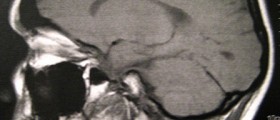
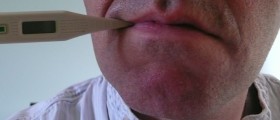
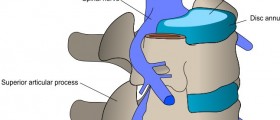




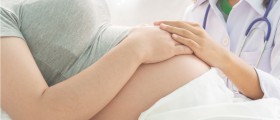



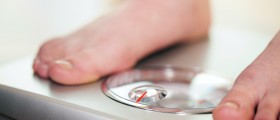

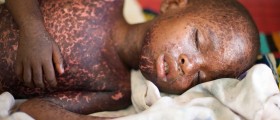
Your thoughts on this
Loading...